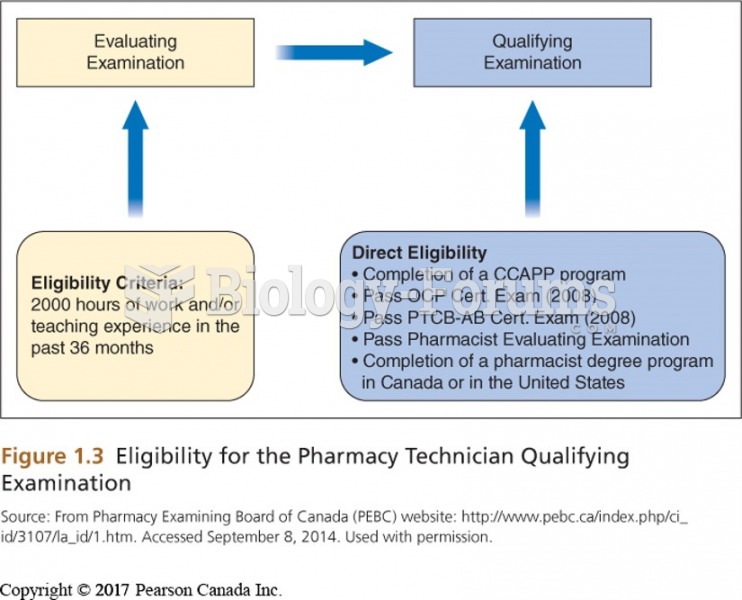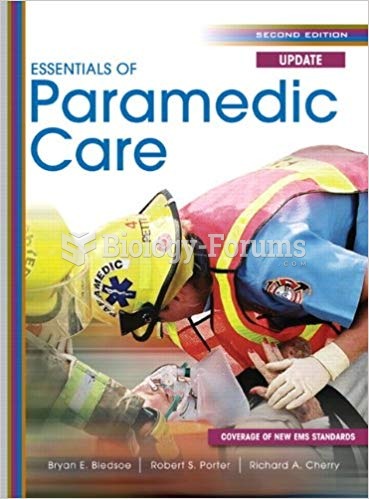Answer to Question 1
Correct Answer: 4
Rationale 1: Antibiotics are prescribed specifically for the type of pathogen causing the infection, and the selection of the correct antibiotic is important.
Rationale 2: This is a true statement but does not answer the client's question.
Rationale 3: This response does not provide the client with accurate information, and the client might need to return sooner than 10 days.
Rationale 4: Continuous use of the same type of antibiotic could lead to bacterial mutations that are insensitive to the effects of the antibiotic.
Global Rationale: Acquired resistance is the ability of an organism to become unresponsive over time to the effects of an anti-infective. Resistance can occur in bacteria, fungi, viruses, and protozoans. It is a major clinical problem that is growing in importance.
Answer to Question 2
Correct Answer: 3
Rationale 1: Replication is bacteria reproduction, which does not necessarily play a role in the development of resistance.
Rationale 2: Conjugation occurs after resistance has developed and is the ability of the bacterium to pass its resistance to other bacteria.
Rationale 3: Due to their rapid growth, bacteria make errors in duplicating their genetic code, thus forming a mutation.
Rationale 4: Colonization refers to the ability of the bacteria to form a colony in the host.
Global Rationale: Microorganisms have the ability to replicate extremely rapidly. Under ideal conditions Escherichia coli can produce a million cells every 20 minutes, or 1 1021 cells in only 24 hours. During exponential division, bacteria make frequent errors, or mutations, while duplicating their genetic code. These mutations, which occur spontaneously and randomly, occasionally result in a change in physiology that gives a bacterial cell a reproductive advantage over its neighbors.







